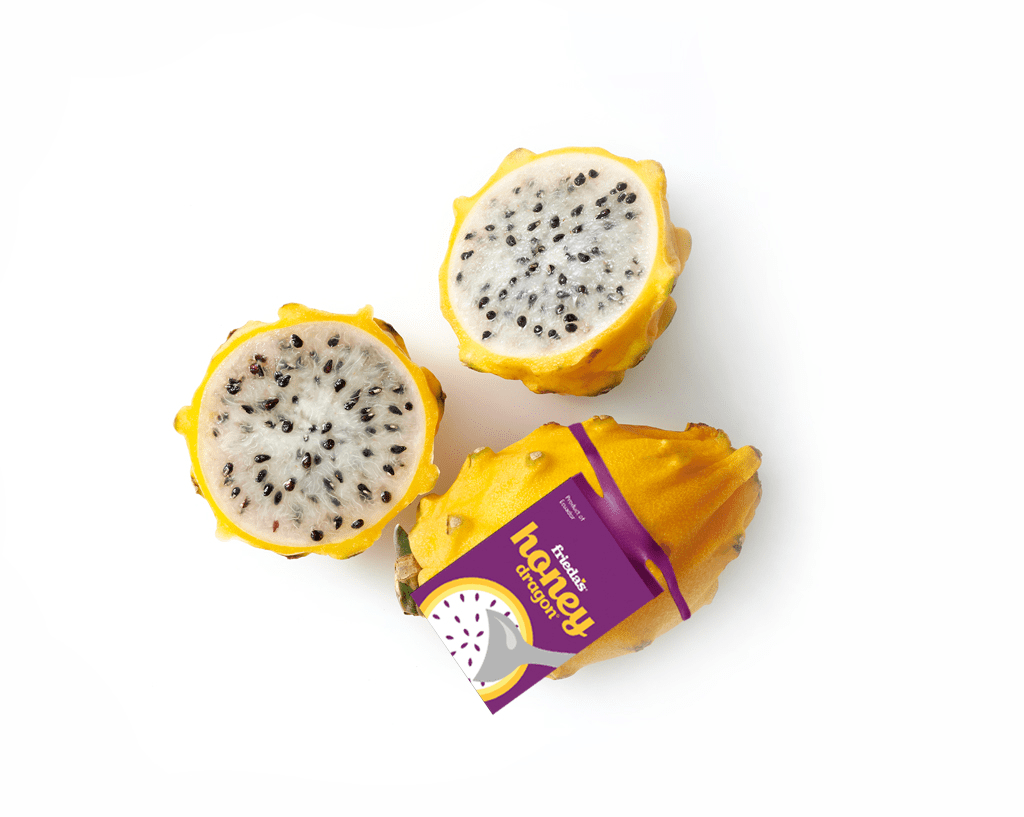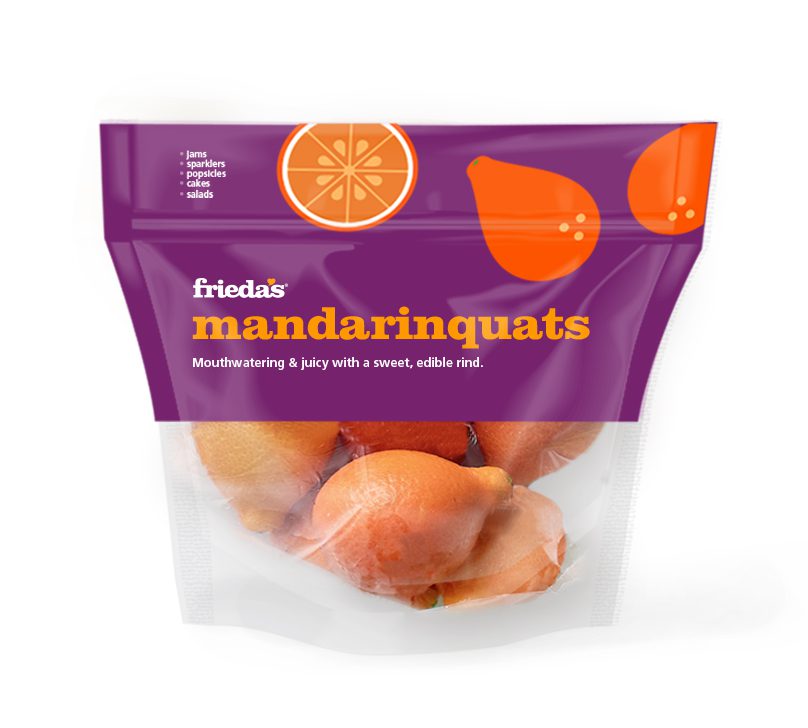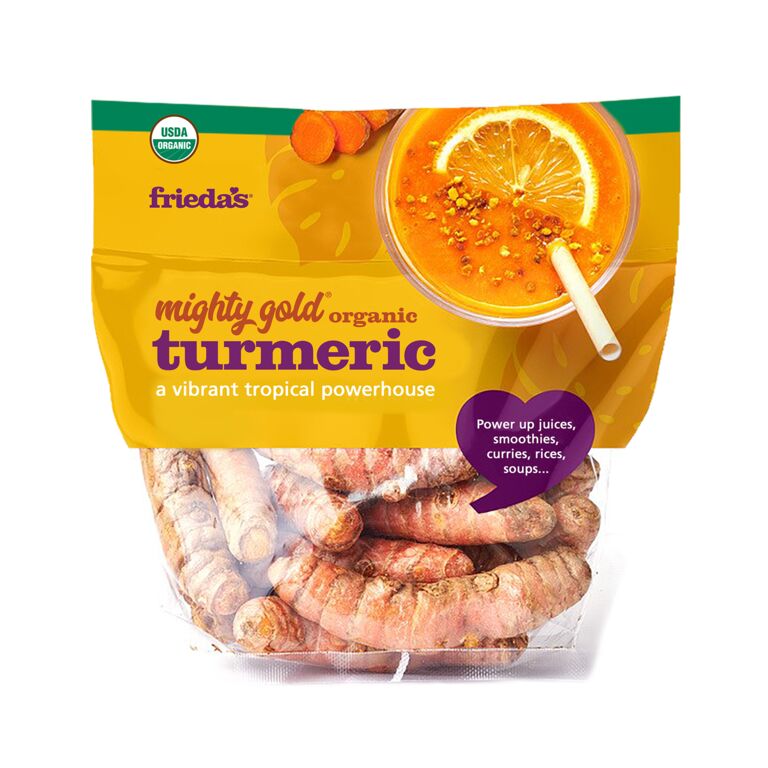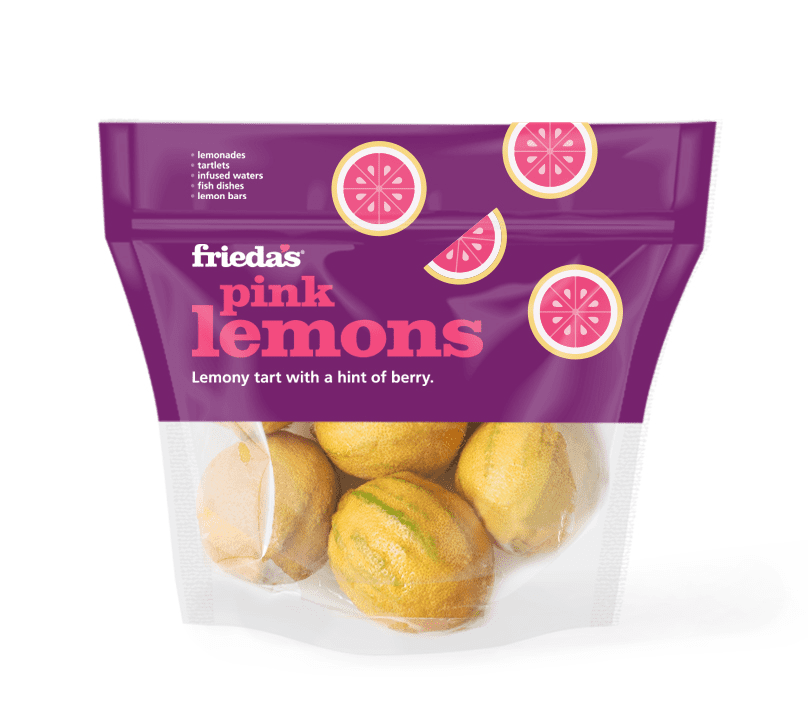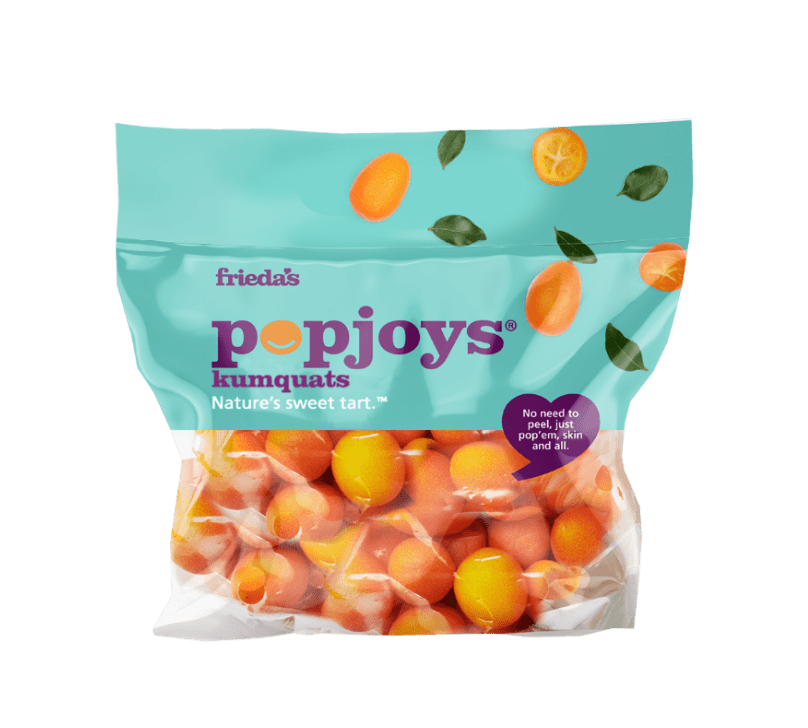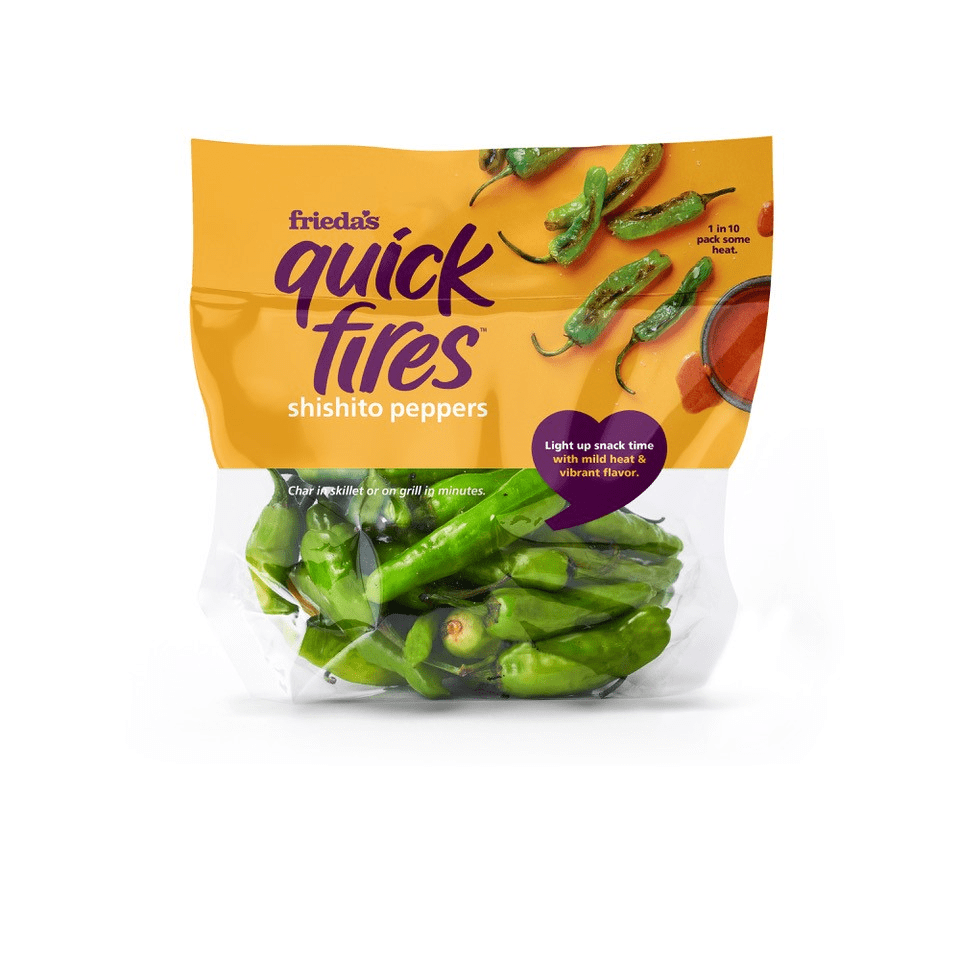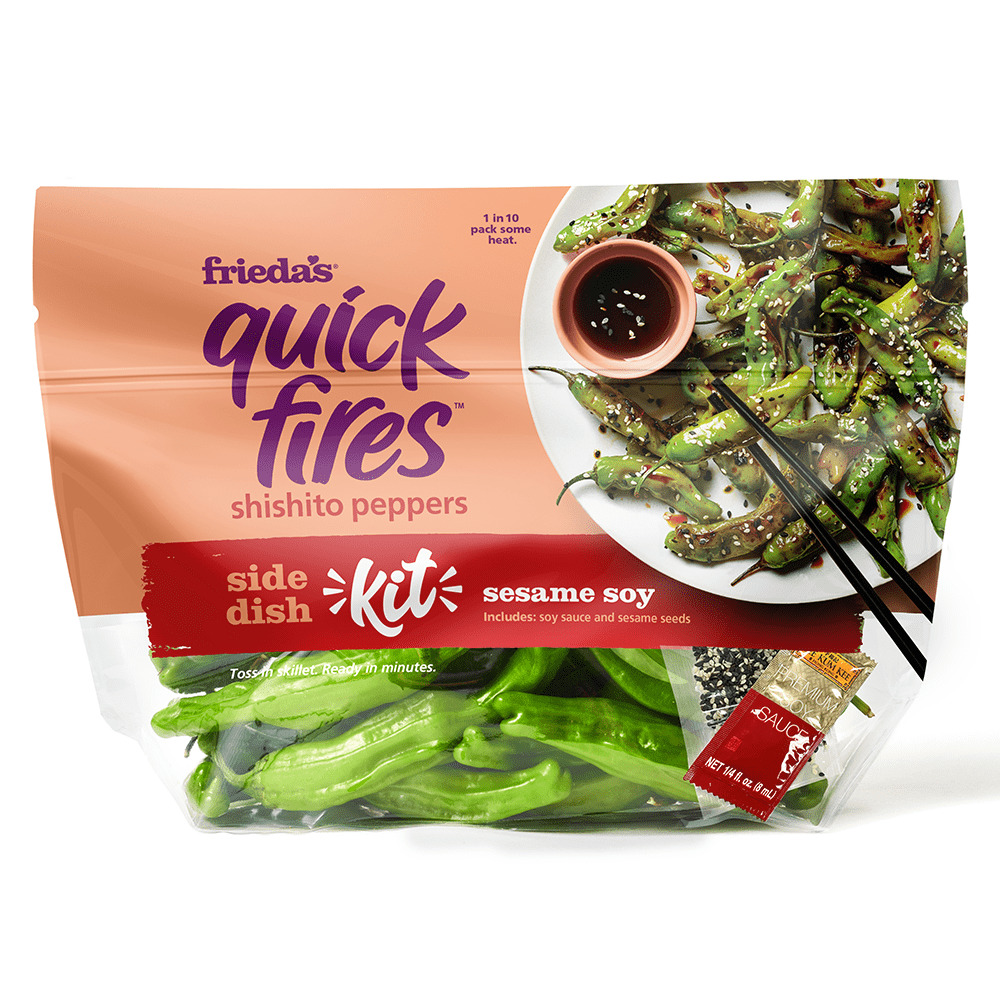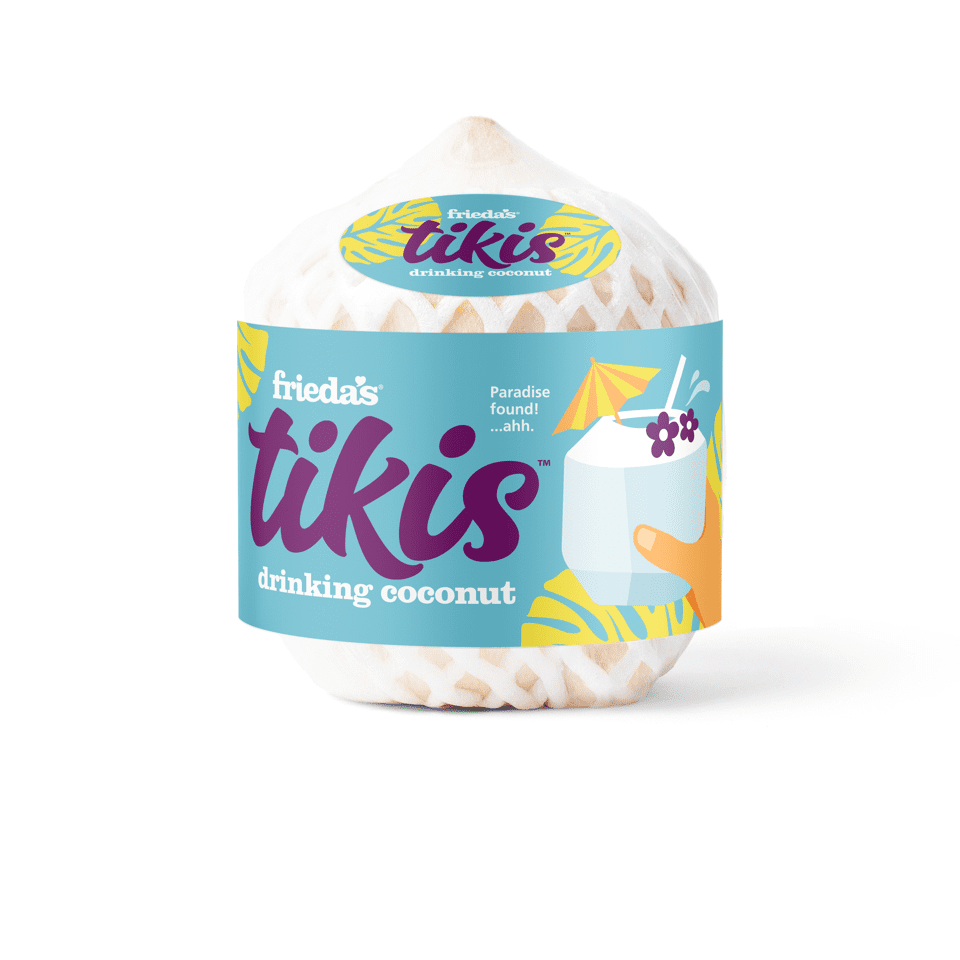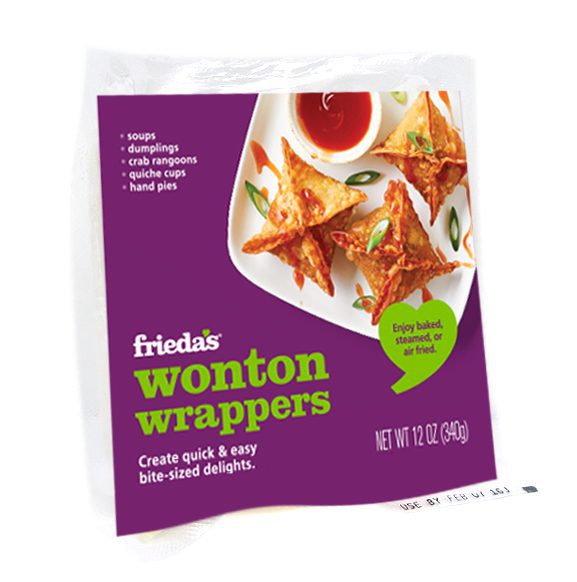Earlier this week, I spent three days with nearly 100 fellow agriculture-related business owners, bankers, ranchers, farmers and interesting speakers to study a few companies in the agricultural sector. Every two years, I attend the UC Davis Agribusiness Executive Seminar which focuses specifically on agricultural issues and enterprises in California.
Besides the usual business issues of marketing, technology, big data, strategy and future planning, there was really only one thing on everyone’s mind.
Water.
As we Californians all know, even with last weekend’s rain, we are in a serious drought that will affect growers of fresh fruits and vegetables, not only this year, but likely for many years to come. Plus, as I learned, the number one crop by acreage grown in California is hay! And that hay goes to feed beef and dairy cattle.
So, in fact, our entire food chain in California has already been seriously affected by the lack of water and the odd temperature cycle. (Did you know that many fruit trees require a minimum number of chilling hours?).
I have read many articles on the situation; you can read some of them here and here. And just yesterday, I read that Israeli Prime Minister Benjamin Netanyahu, who is visiting California right now, offered to help our state’s water situation with conservation and desalination techniques pioneered by his country’s scientists. Having just returned from Israel, I have seen those systems at work. It would be amazing to have the help. After all, we can use all the help we can get.
I am by no means an expert on water, or what farmers can do. But I am a consumer, a constituent, just like you. And I learned some new information and perspectives while talking with my farmer friends that I want to share.
First: Water is really all about water rights. It’s not just about availability.
For example, one of the conference attendees who is a large almond grower raised the issue that homeowners in the Sacramento area do not have water meters at their homes, and thus have no economic disincentive to save water. She asked, “What if meters were put on all the houses, and this caused consumers to save water? Wouldn’t that saved water go to local farmers?”
Surprisingly, the answer was not yes. The answer was, “It depends on who is next in line for water rights.” Your proximity does not guarantee your rights.
Honestly, I never paid much attention to water board elections, or the California Environmental Protection Agency, but I will now. A great resource to find out about water rights, how decisions are made, etc., is the State Water Resources Control Board. Many fellow attendees were wondering about the constant battle between the three main constituents of water: agriculture, environmentalists and urban consumers. It’s a hard choice.
Second: All of us can do our part to conserve water whether it is reducing our consumption at home or work, or educating others around us about conservation methods. An interesting source of information is this National Geographic article.
Third: Did you know that on average, a vegan, a person who eats no animal products whatsoever, indirectly consumes nearly 600 gallons of water per day LESS than a person who eats the average American diet? So the idea of adopting a Meatless Monday eating style, or limiting how many times a week you eat meat or poultry, will actually contribute to saving water.
And most importantly: Be an active citizen. It’s important to voice your opinion and be informed about the issues. Pay attention to the views of your elected officials. If you are intrigued and concerned, check out this great website, WaterEducation.org, and its monthly magazine, “Western Water.”
Finally, if you have children and grandchildren, start educating them early about conserving water and educating them on the issues related to water. California water is our legacy and their future.
Karen





